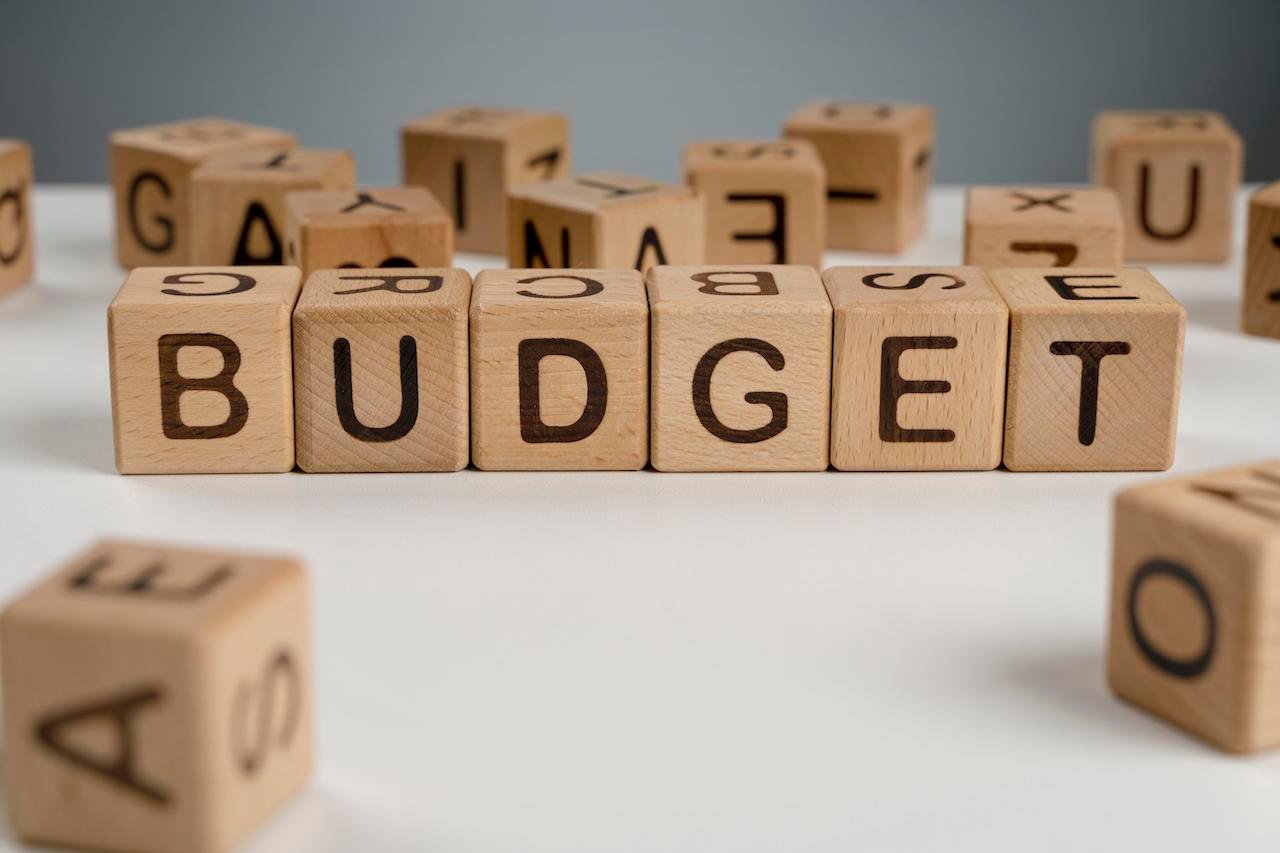Maximizing Personal Capital for Effective Budgeting
Table of Contents:
- Introduction
- Understanding Personal Capital for Budgeting
- Importance of Budgeting in Personal Finance
- Leveraging Personal Capital Tools
- Creating a Personal Budget Using Personal Capital
- Tracking Expenses and Income
- Setting Financial Goals and Priorities
- Analyzing Budget Performance
- Adjusting Budget Strategies
- Long-Term Financial Planning
- Conclusion
Introduction:
In today’s dynamic financial landscape, effective budgeting is key to achieving financial stability and success. Harnessing the power of personal capital tools can significantly enhance your budgeting efforts, providing insights, automation, and organization for better financial management. This comprehensive guide explores how to maximize personal capital for budgeting to take control of your finances and work towards your financial goals.
Understanding Personal Capital for Budgeting:
Personal capital refers to the financial resources, assets, and investments that an individual possesses. When it comes to budgeting, personal capital encompasses income, savings, investments, retirement accounts, and other financial holdings. Leveraging personal capital effectively involves understanding your financial standing, managing cash flows, and making informed decisions to optimize financial outcomes.
Importance of Budgeting in Personal Finance:
Budgeting plays a crucial role in personal finance by providing a roadmap for managing income, expenses, savings, and investments. A well-crafted budget helps individuals allocate funds wisely, prioritize financial goals, track spending patterns, and identify areas for improvement. By budgeting effectively, individuals can avoid debt, build savings, invest strategically, and achieve financial milestones.
Leveraging Personal Capital Tools:
Personal capital tools such as Personal Capital, Mint, YNAB (You Need a Budget), and others offer robust features for budgeting, tracking expenses, analyzing investments, and monitoring financial health. These tools aggregate financial data from various accounts, provide real-time updates, generate reports, and offer insights to empower users in making sound financial decisions.
Creating a Personal Budget Using Personal Capital:
Begin by linking your financial accounts (bank accounts, credit cards, loans, investments) to your chosen personal capital tool. Review your income sources, including salaries, bonuses, freelance earnings, or investment dividends. Next, categorize your expenses into fixed (rent, utilities, insurance) and variable (groceries, dining out, entertainment) categories. Allocate funds for savings, debt payments, investments, and discretionary spending based on your financial goals and priorities.
Tracking Expenses and Income:
Utilize personal capital tools to track your expenses and income automatically. Monitor transactions, categorize expenses accurately, and review spending trends over time. Set spending limits for different categories to stay within budget and identify areas where adjustments may be needed. Regularly review your income streams to ensure they align with your budgeting goals and financial plans.
Setting Financial Goals and Priorities:
Define short-term and long-term financial goals based on your personal aspirations, lifestyle, and financial obligations. Whether it’s building an emergency fund, paying off debt, saving for a home, funding education, or planning for retirement, align your budgeting efforts with these goals. Prioritize goals based on urgency, importance, and feasibility within your financial capacity.
Analyzing Budget Performance:
Utilize personal capital tools to analyze your budget performance and financial health. Review spending patterns, savings contributions, debt reduction progress, and investment growth. Evaluate variances between budgeted amounts and actual expenses to identify areas of overspending or underspending. Use financial reports, charts, and graphs provided by the tool to gain insights and make data-driven decisions.
Adjusting Budget Strategies:
Flexibility is key in budgeting as financial circumstances and priorities may change over time. Be proactive in adjusting your budget strategies to accommodate life changes, income fluctuations, unexpected expenses, or new financial goals. Consider reallocating funds, revising spending limits, exploring cost-saving measures, or increasing savings contributions as needed.
Long-Term Financial Planning:
Look beyond immediate budgeting concerns and engage in long-term financial planning using personal capital insights. Review retirement savings projections, investment portfolios, estate planning needs, and insurance coverage. Seek professional financial advice or use advanced features in personal capital tools to optimize tax strategies, diversify investments, and secure financial stability for the future.
Conclusion:
Effective budgeting powered by personal capital tools is a cornerstone of financial success and well-being. By leveraging these tools intelligently, individuals can gain clarity, control, and confidence in managing their finances. Whether it’s achieving short-term goals or securing a comfortable retirement, the strategic use of personal capital for budgeting empowers individuals to navigate financial challenges, seize opportunities, and build a brighter financial future. Start maximizing your personal capital for budgeting today and embark on a path toward financial empowerment and prosperity.
Recommended Article: The Ultimate Guide to Asset Finance Solicitor Jobs







